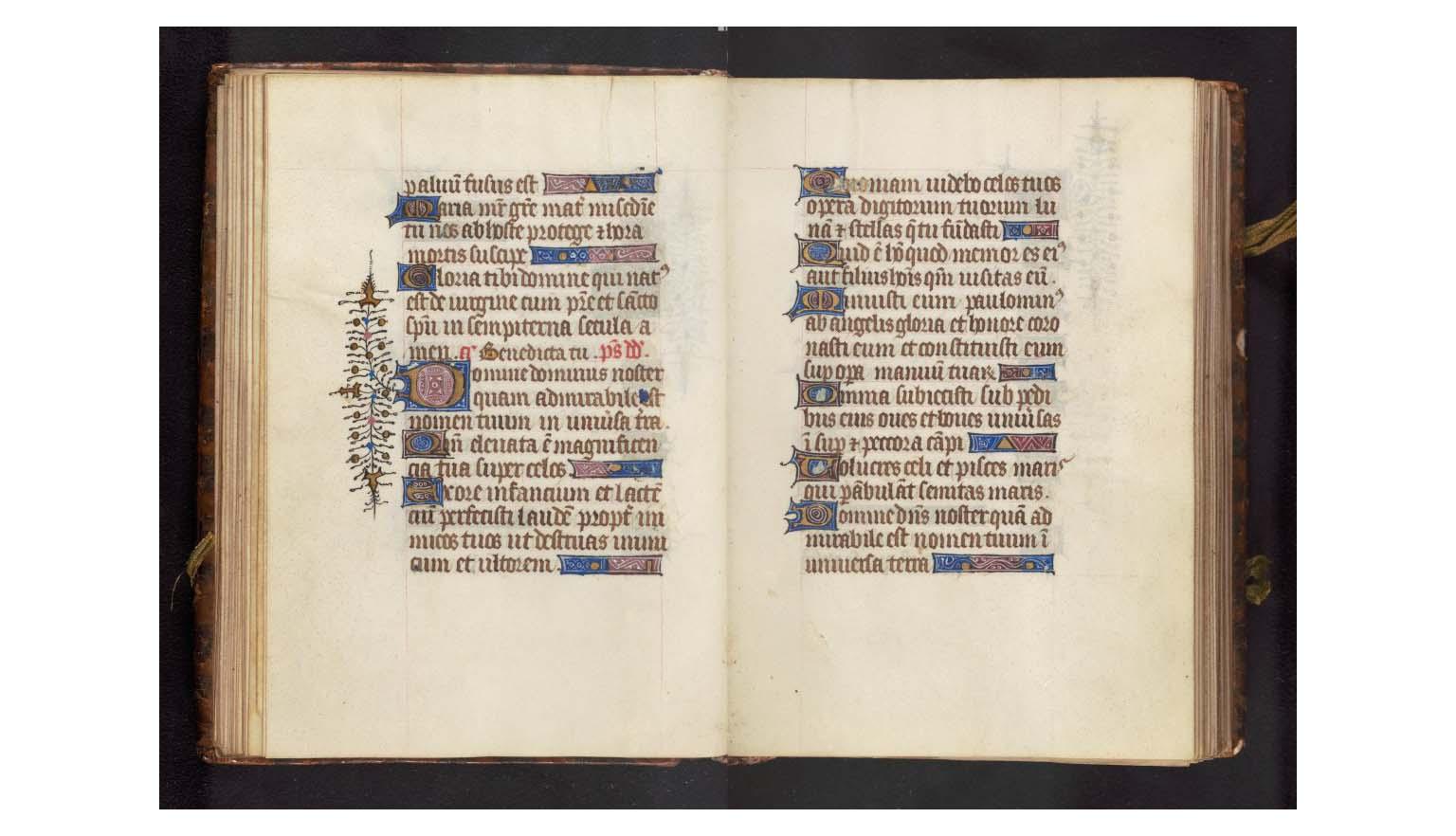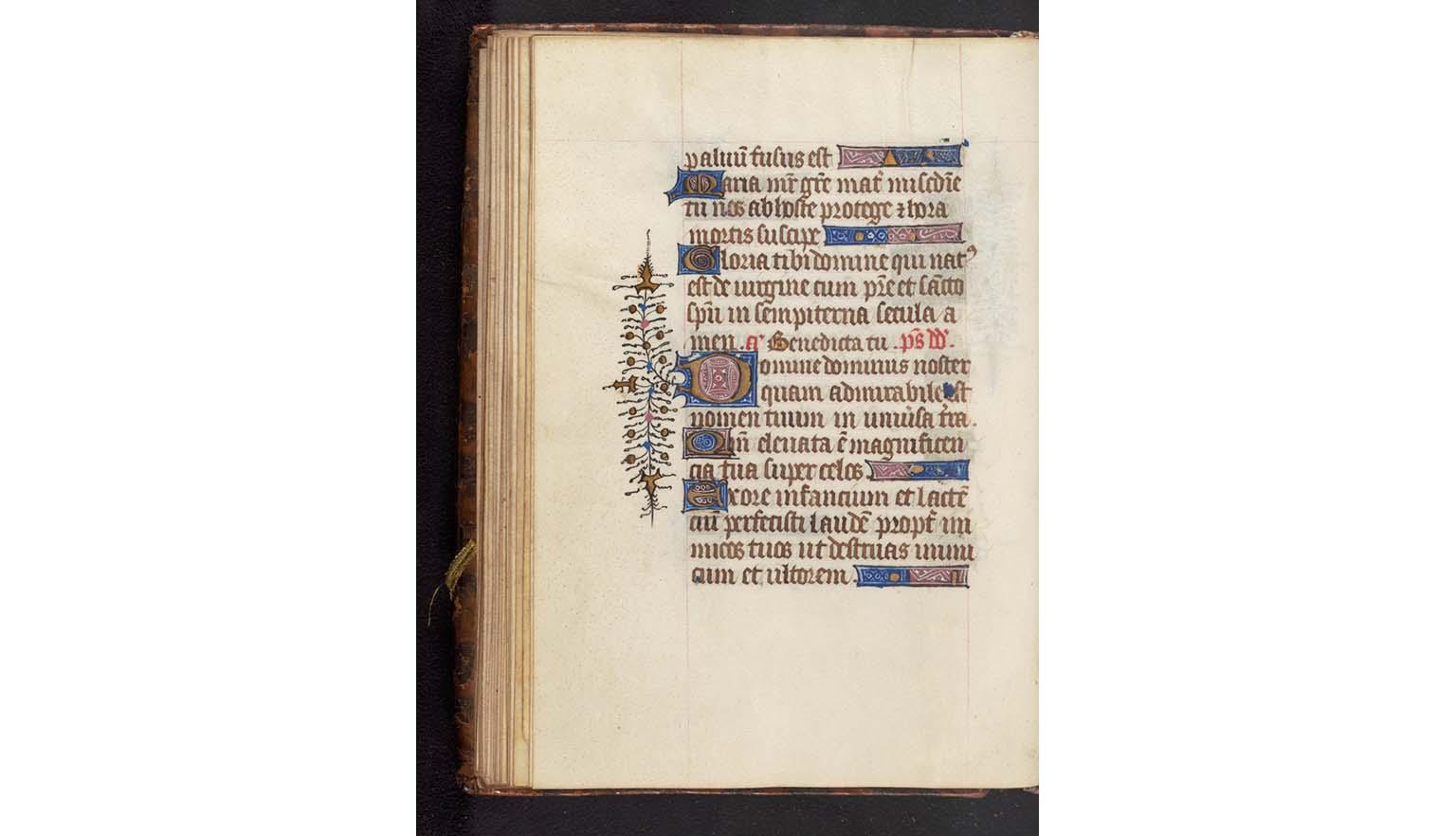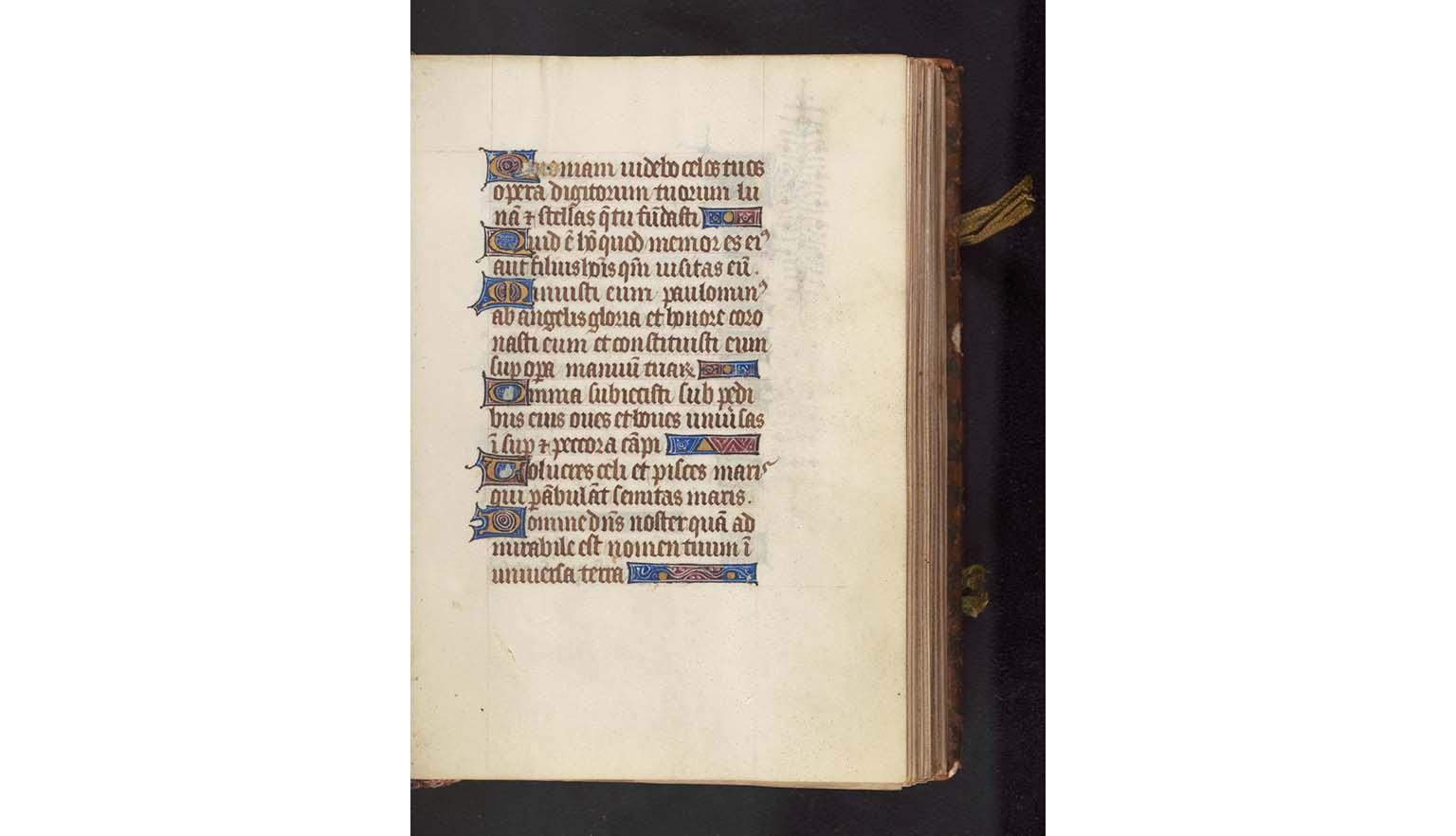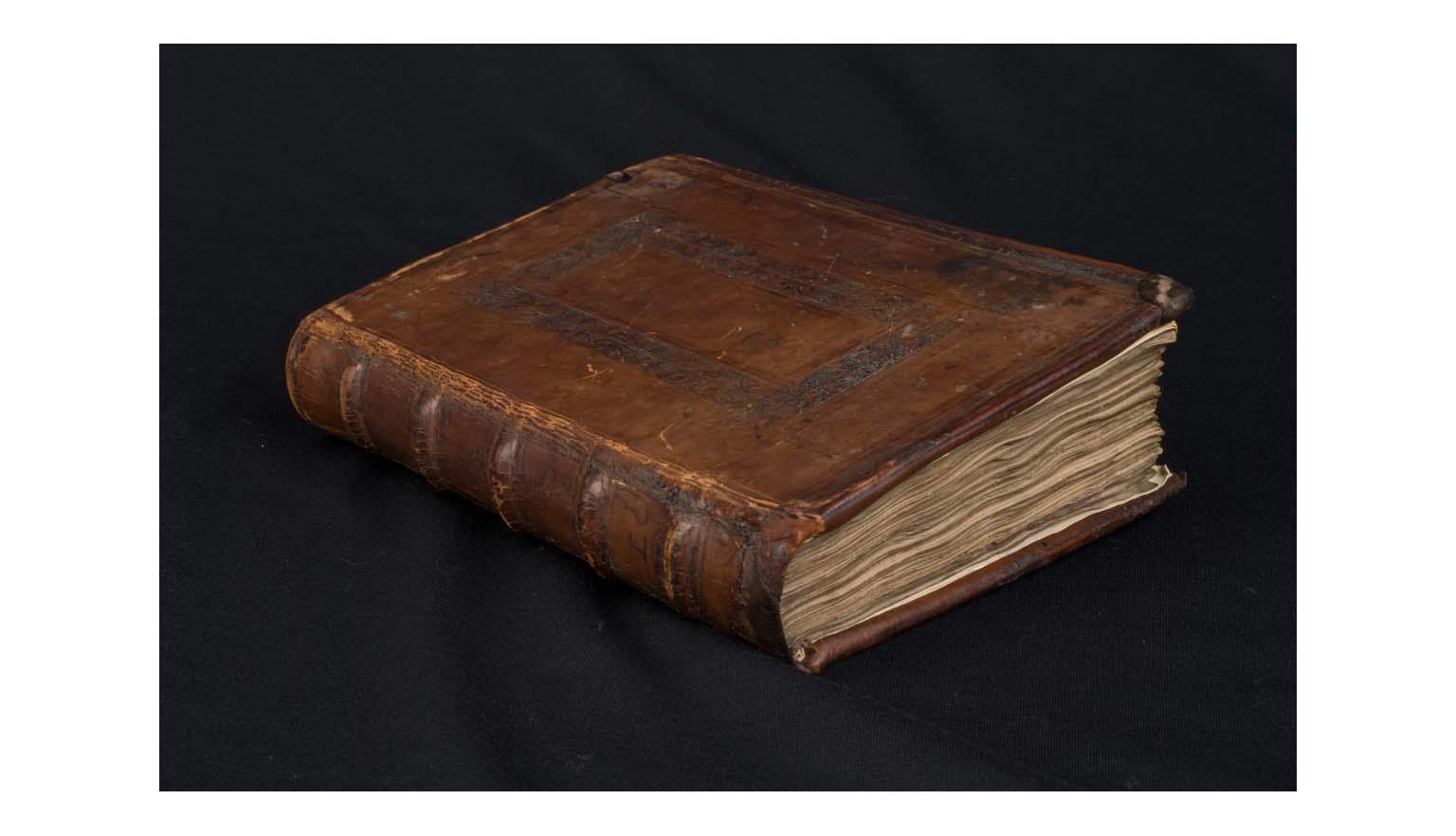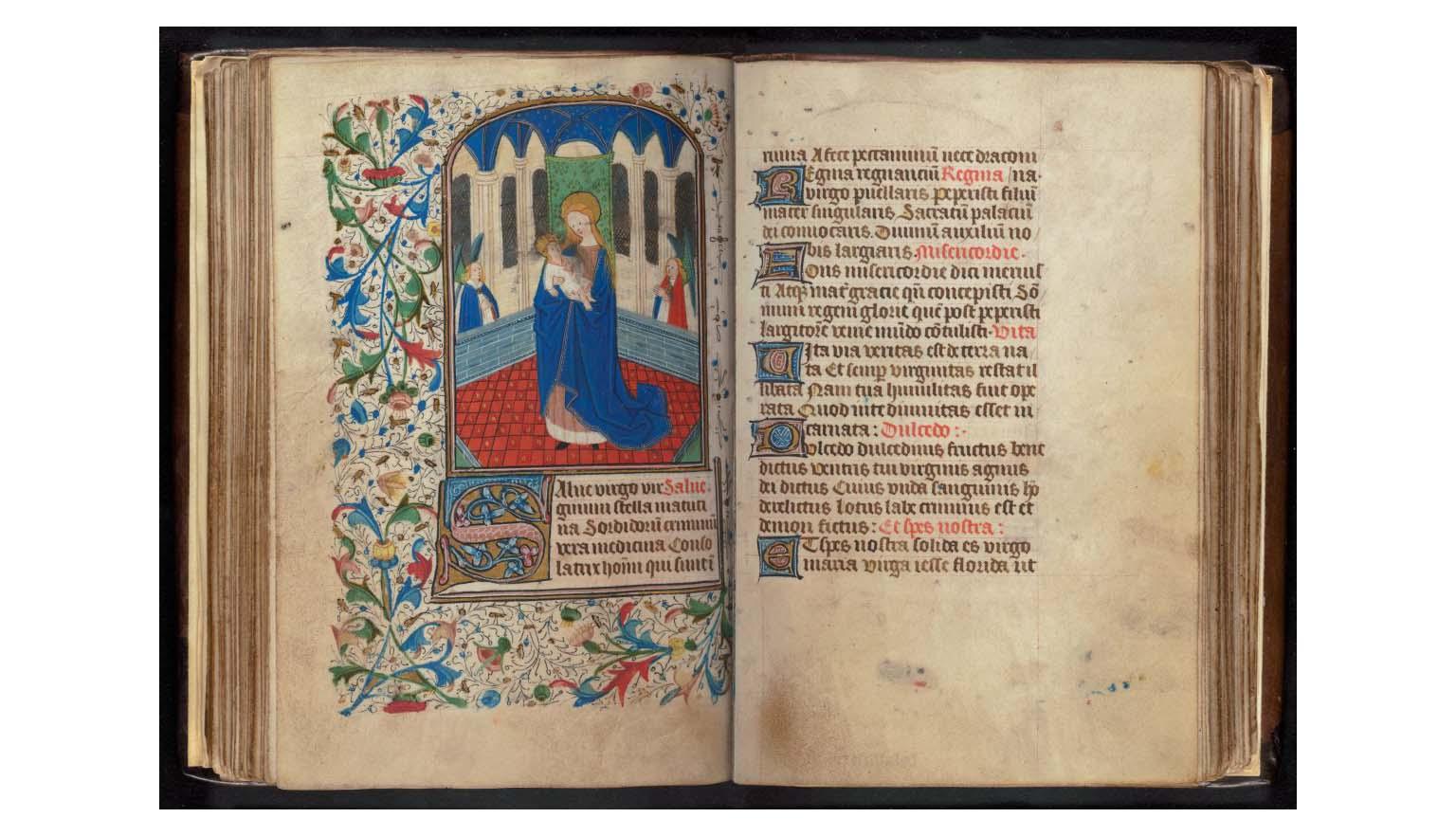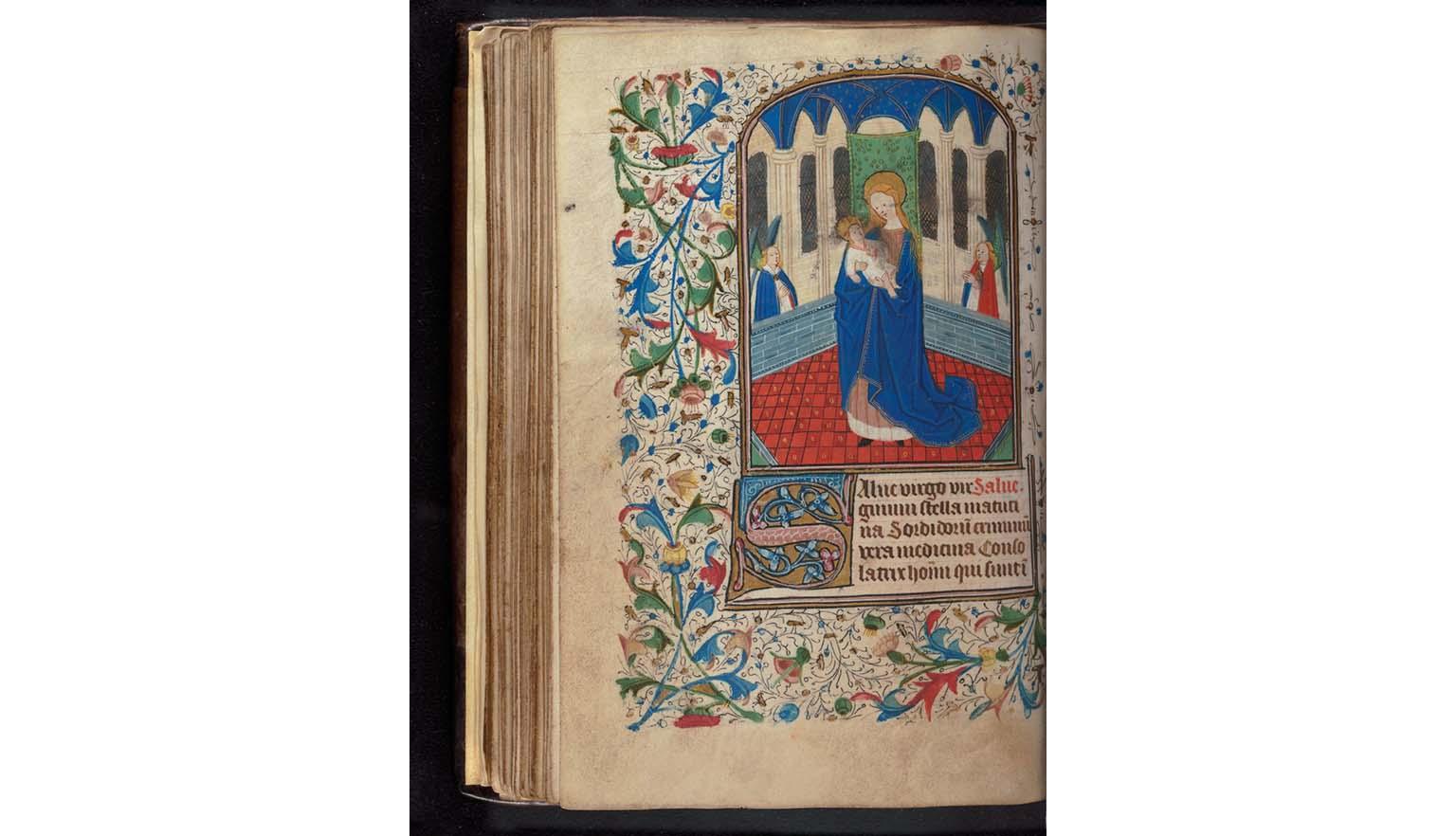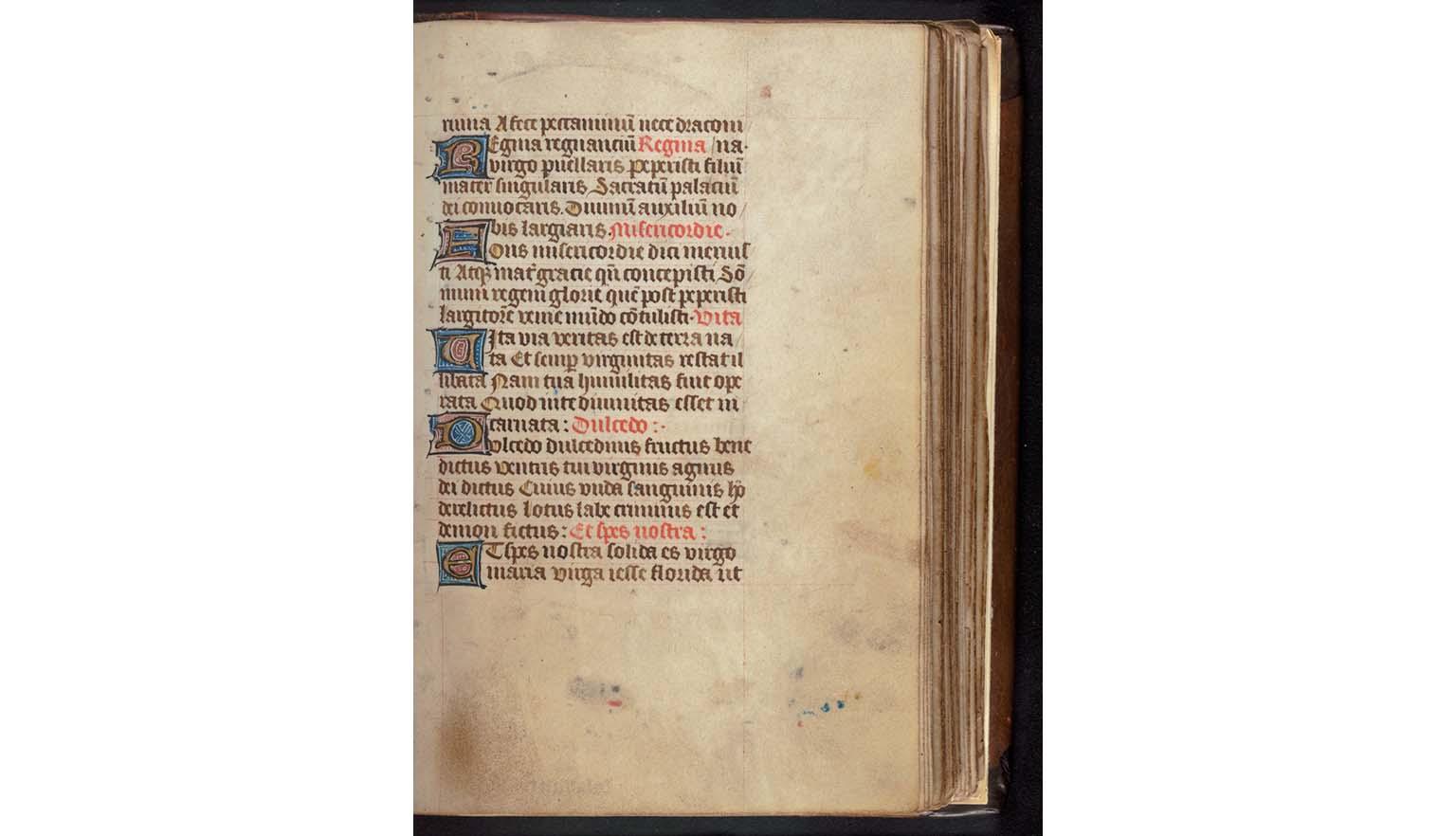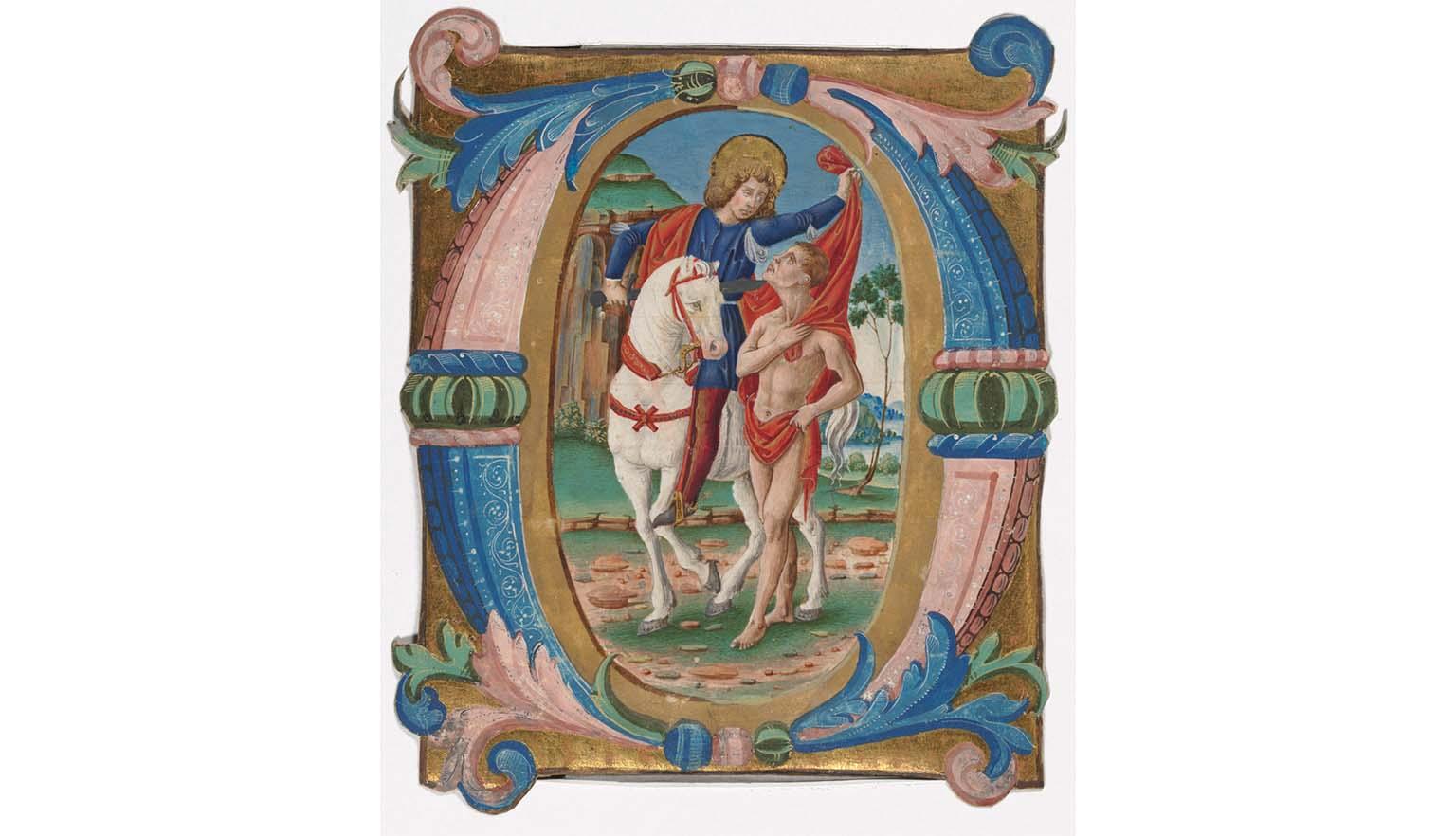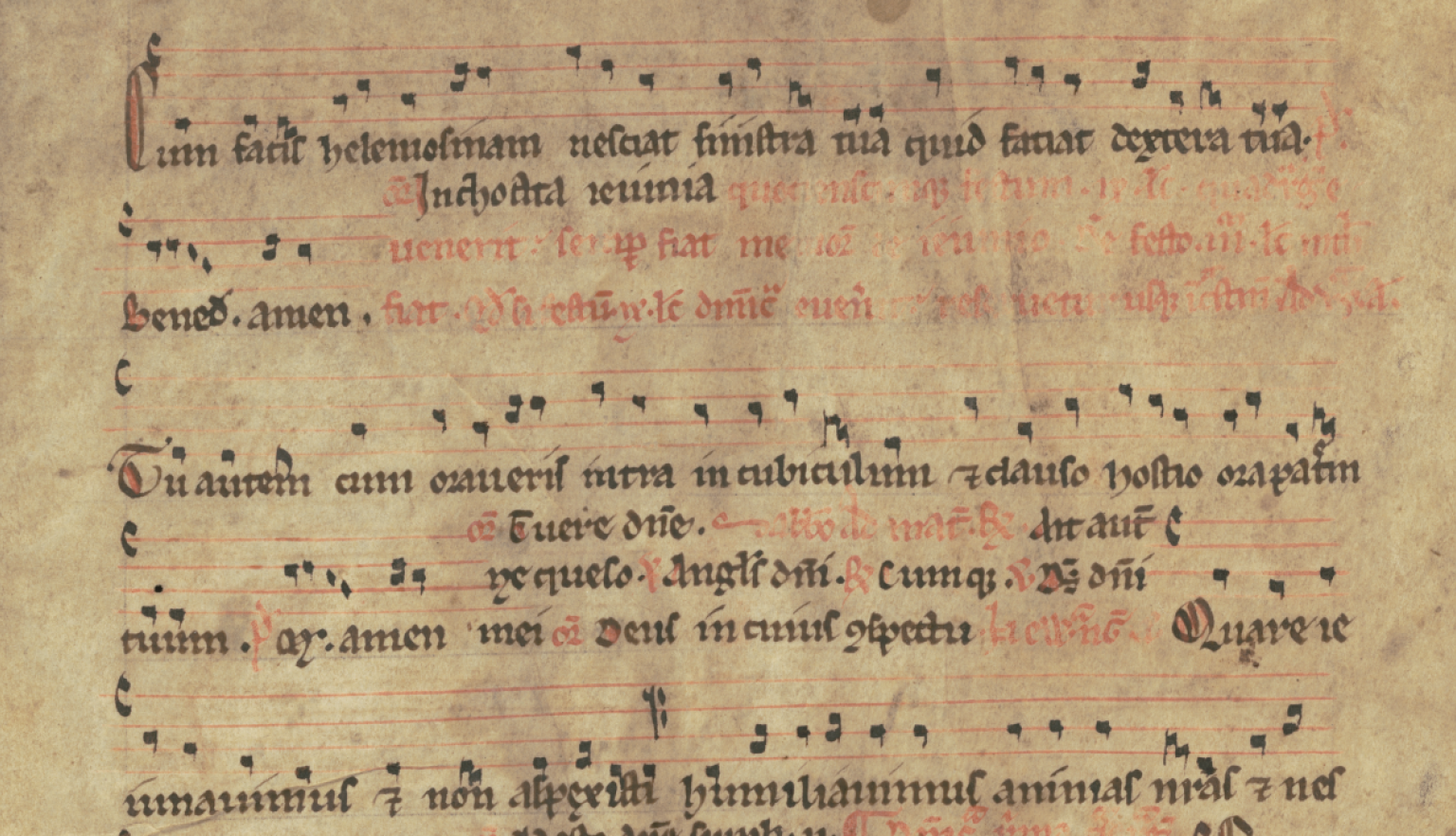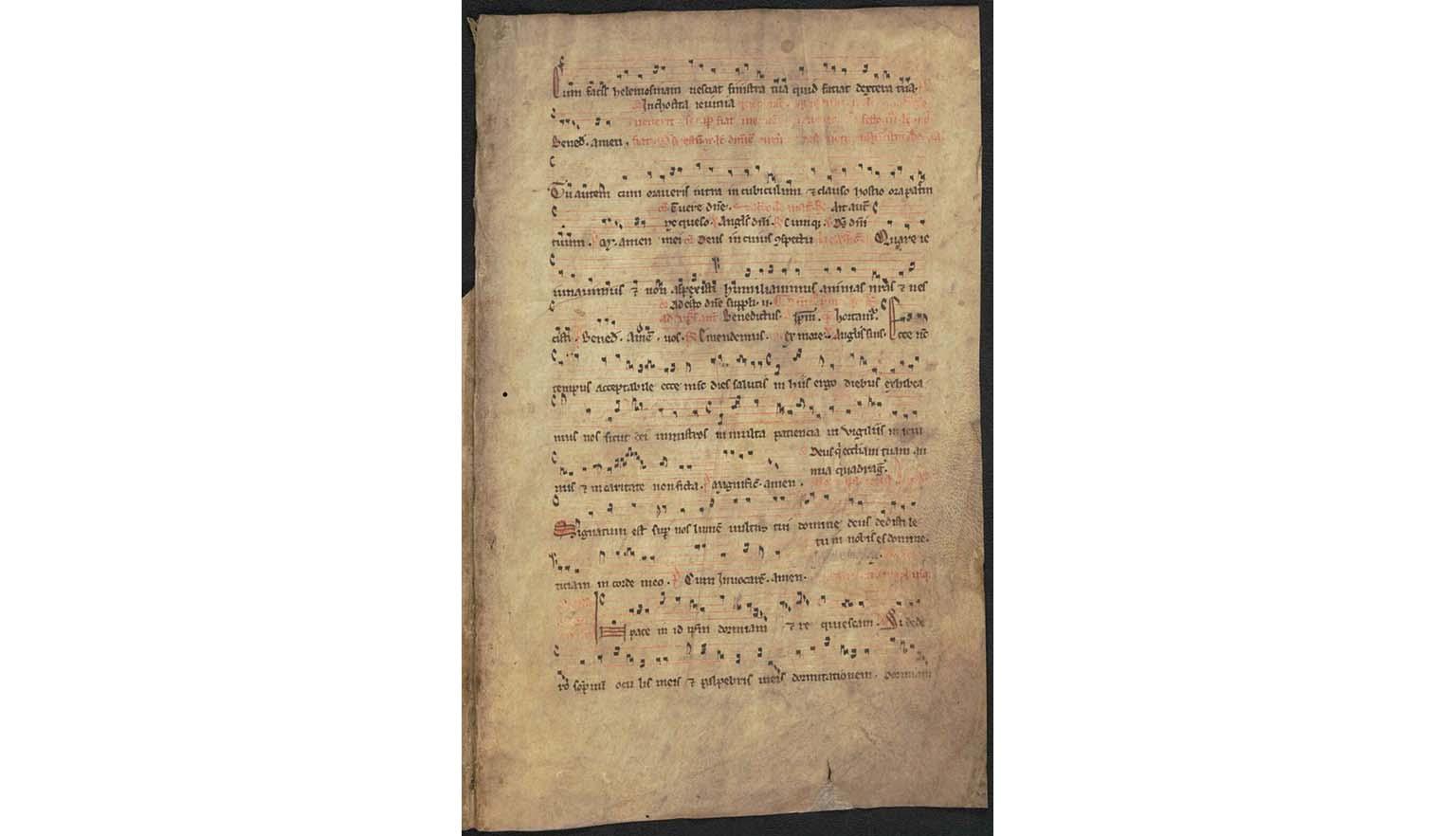Illuminating the dark
Books in the medieval home
Although literacy was improving, books remained rare and expensive. Most people did not own books—except for religious texts.
Many Christian households owned a Bible or a Book of Hours. A Book of Hours was a devotional book that guided readers on which prayers or Bible passages to recite at different times of the day. Even if not everyone in the household could read, they often memorised the prayers and passages.
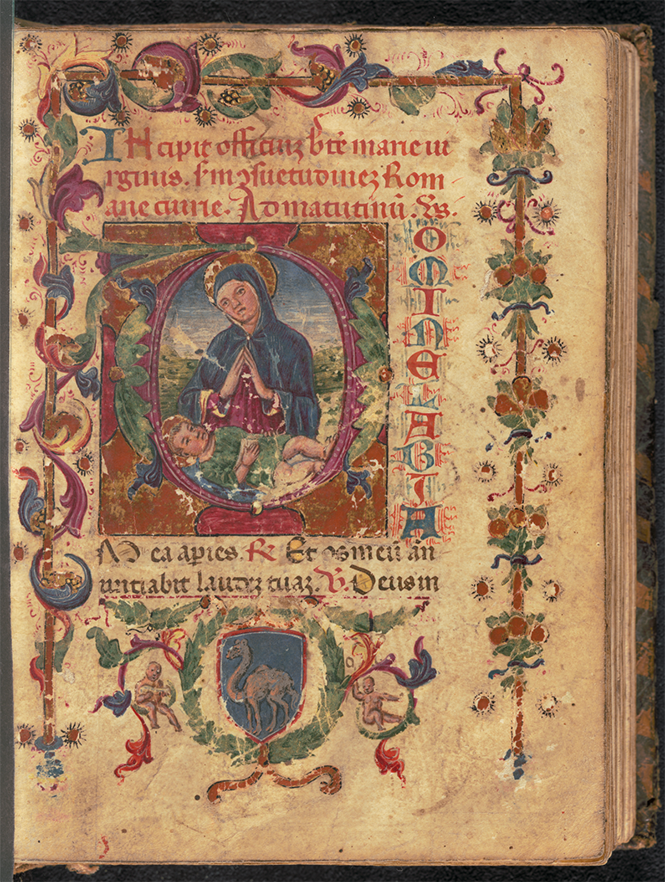
Clifford family, Clifford collection of manuscripts mainly relating to Roman Catholicism,. /Item 6/Folio recto 1/Latin Book of Hours, Italy, 1250, nla.gov.au/nla.obj-115693205
Clifford family, Clifford collection of manuscripts mainly relating to Roman Catholicism,. /Item 6/Folio recto 1/Latin Book of Hours, Italy, 1250, nla.gov.au/nla.obj-115693205
Books of Hours
Books of Hours were popular throughout the medieval period, and many examples survive today. The Library holds several from across Europe.
Early examples were handwritten with simple decoration. Even the most modest versions were treasured by families.
This French example is more elaborate. It features:
- Handwritten Latin text
- Coloured ink for different sections
- Decorative initials in blue and yellow
- Floral and vine motifs sprouting from the initials
- A calendar of holy days
Illuminated letters
Large decorative letters in these books are called illuminated letters. Originally, a letter was considered “illuminated” if it was decorated with gold leaf, which reflected light. Today, the term refers to any large, ornate letter in a manuscript.
Some Books of Hours were highly elaborate, featuring:
- Full-page illustrations
- Personalised prayers
- Gold leaf and vibrant colours
These books were expensive and typically owned by wealthy families.
A Dutch example
This Book of Hours, printed around 1450 CE in Holland (now part of the Netherlands), is one of the Library’s most decorative examples. The text is in Latin, but English notes appear in the margins—suggesting it was made for English-speaking customers.
Dr. Susannah Helman discusses this book in the Digital Classroom: Book of Hours from the Southern Netherlands
Digital Classroom: Book of Hours from the Southern Netherlands
Illuminated letters in other books
Illuminated letters were not limited to Bibles or Books of Hours. They also appeared in other religious and ceremonial texts.
This example shows a large historiated initial—a decorated letter containing an image. The letter “O” is gilded and features St Martin sharing his cloak with a beggar. This level of decoration suggests the book belonged to a wealthy church.
The book would have contained musical notation for church services. While the exact pages are not preserved, similar examples from the same period show Latin lyrics and musical staves.
Dr. Susannah Helman explores this work along with an example of a large illuminated letter from around 1450CE.
Digital Classroom: Large Historiated Initial from an Antiphonal
Learning activities
Activity 1: What can damage and notes tell us?
Books like the Bible or Book of Hours were treasured in Medieval homes. Over time, they often became marked by use—through notes, wear, repairs and damage.
- Ask students to consider:
- Does this wear and tear make the document a better or worse source for historians?
- What extra information might we learn from these marks?
- Discuss what the physical condition of a document might tell us about:
- the people who owned and used it
- the time and place it came from
Activity 2: Design a historiated initial
Historiated initials are decorative letters that often start a chapter or section of a text. They include small illustrations that relate to the content or people who owned the book.
- Have students choose the first letter of their name or family name.
- Ask them to design their own historiated initial. The illustrations inside and around the letter should reflect:
- their personality
- their interests or values
- something important to them
- Students may want to look at examples of medieval illuminated manuscripts for inspiration.
Activity 3: Why don’t we make books like this anymore?
Illuminated texts from the Middle Ages were beautifully hand-decorated with gold, colour and fine detail. Today, we rarely see books made in this way.
- As a class, discuss why this might be:
- What changed in how books are made and shared?
- Has technology or cost played a role?
- Ask:
- Are illuminated texts still produced today, even in small numbers?
- What might be the modern equivalent? (e.g. special edition books, art books, or digital creations)
Activity 4: Are books still status symbols?
In Medieval society, owning an illustrated religious book was a sign of wealth and status.
- Ask students:
- Are books still seen as status symbols today? Why or why not?
- What other items might be seen as signs of wealth or status today?
- Discuss how status symbols differ across cultures, time periods and people.
Activity 5: What is a luxury?
Ideas of what is “luxurious” change from person to person and generation to generation.
- Have students think about:
- What item or gift would they most like to receive for a holiday or celebration?
- Ask them to interview one or more older family members (or friends from another generation).
- What was the most desirable gift when they were the same age?
- Compare the answers:
- How have luxury items or “must-haves” changed over time?
- What does this tell us about how society has changed?
